- The Sahara Desert is the largest desert in the world, sparsely populated and not suitable for animals and plants to survive
- There are not many human activities in the Sahara Desert, mainly due to the drought, high temperature, water shortage and dry air

In the vast area of northern Africa, the Sahara Desert straddles it. Drought and desolation are the main themes of the Sahara. The scorching sun scorches the quicksand, evaporating the last trace of life. Water is the source of life, and the lack of water makes this large area of land only exist as a barren land. Countries built on the Sahara, such as Egypt and Libya, can only survive in coastal or riverside areas. However, the existence of the Sahara also inspires people's desire to transform nature. Since the beginning of the last century, scientists have been exploring the possibility of diverting water from the Mediterranean to the Sahara.
ghetara depression
As we all know, water flows downhill. The elevation of land is generally higher than sea level. Even low-lying basins are very far from the ocean. In the Sahara Desert, there is such a depression. It is located on the northeastern edge of the desert, with an altitude of -133 meters and an area of 18,000 square kilometers. It is a huge natural reservoir. At the same time, it is less than 60 kilometers from the Mediterranean coast. It is the famous Qattara depression.
The Qattara Depression is located in the northwestern part of Egypt and is under the jurisdiction of Matrouh Province. This is the second-lowest depression in Africa, only a stone's throw from the Mediterranean Sea, but it is extremely dry, and the entire depression is covered with sand dunes, sparse sand plants and salt blocks.
At 30° north latitude, affected by the subtropical high pressure, the Qattara depression has both hot and dry characteristics at the same time. Annual precipitation is at an extremely low level and the average temperature is 36°C. This is also the fundamental reason why the Qattara depression is close to the coast, but not affected by the marine climate.

In history, very few people have set foot in this area. Various harsh natural factors such as salt marshes, cliffs, and strong winds have made the Qattara depression a forbidden area for life. From ancient times to the present, the outside world also knew very little about this place. No one knew the existence of this land until the First World War. In 1927, Dr. John Ball, the British director of the Egyptian Bureau of Investigation, carried out a survey of the Qattara depression, which made this mysterious place known to the world.
Since this land is not suitable for human existence, and it is very dangerous. Is it possible to use it in another way to benefit the surrounding people? For example, direct water can be brought in to transform this low-lying desert into a large lake, and it can also adjust the surrounding environment and climate. In fact, this seemingly crazy plan was proposed as early as the beginning of the last century, by the famous German geographer and geologist Albrecht Penck.
The penetration of the Suez Canal brought a lot of benefits, stimulating Western colonists and capital in Egypt. How to make use of modern engineering technology to grab greater profits in this area has become a research topic that has attracted much attention. In 1912, Professor Penke came up with an idea to connect the Mediterranean Sea to the Qattara depression by digging a system of canals. Since the altitude of the Qattara depression is much lower than the sea level, this height difference will generate a very large hydropower resource. The use of hydropower resources to generate electricity can bring huge benefits and quickly pay back the cost of the project. At the same time, the evaporation of desert areas is very large. After the Mediterranean sea water pours into the Qattara depression, the water will continue to evaporate or seep into the sand. In this way, this phenomenon can be used for economical industries such as fishing and hunting, drying of sea salt, and the long-term effectiveness of hydropower generation can be ensured.
Due to the replenishment of the Atlantic Ocean and the huge volume of the Mediterranean Sea itself, the sea itself is inexhaustible. The evaporation and infiltration of the Qattara depression are enough to consume most of the seawater that is injected into the Mediterranean Sea through artificial canals every year, so that the height difference between the two sides of the water surface is always maintained, making water energy resources inexhaustible. Professor Peng's idea was shocking enough, but at that time, human beings had a huge enthusiasm for transforming nature, and the idea also received a certain degree of discussion. Due to the lack of actual inspection and financial support, this plan was only discussed within the academic circle, and was not put into practice, nor did it receive the attention of relevant departments.

John Bauer, director of the Egyptian Bureau of Investigation, took a keen interest in the project during his tenure. So he took advantage of his position to carry out a detailed feasibility analysis plan for this idea through field investigation. According to his judgment, the plan has two implementation scenarios. One is to dig a large canal or tunnel of about 55 to 80 kilometers, as Professor Penke said, to introduce Mediterranean seawater into the Qattara depression. In this way, if the water flow and evaporation are calculated well, the continuous flow of seawater can be ensured, and a super salt lake will eventually be produced. According to this algorithm, over a period of hundreds of years, the salt will gradually lift the entire depression.
Another option is to introduce fresh water. Through a long canal water pipeline, the river water from the Nile delta in the northeast of the depression is introduced into the Gaitara depression, forming an artificial inland lake. The advantage of this is that it can improve the natural environment of the surrounding area and make it suitable for human survival.
After all, the land issue has plagued the Egyptian government so far. The vast majority of Egypt's 90 million people are distributed in the Nile Delta region, and the country's available land resources have reached an urgent level. If this problem can be solved, the economic benefits are immeasurable.
But the plan also faces practical difficulties, the first of which is the amount of engineering. To connect the Qattara depression to the Nile, a canal of at least 320 kilometers would need to be dug. By comparison, the adjacent Suez Canal is only 193 kilometers long.
For the Western countries at that time, the benefits of a Qattara Canal project were far less than the Suez Canal. The project was only of great benefit to the locals, and not so important to the Western powers. Therefore, this project has not been launched.
nuke open canal
When this project was brought up again, the world had been turned upside down. In the past few decades, the old European powers such as Britain, France, Germany, and Italy have declined, and Egypt has become an independent sovereign state, and even a regional power. There are two superpowers in the world, the United States and the Soviet Union, and both want to draw Egypt closer to their own camp.
In the 1950s, the Soviets seemed to have done a better job of wooing Egypt. The Palestinian-Israeli conflict at that time made the Muslim countries in the Middle East hostile to the Western camp led by the United States, and the Sinai Peninsula in Egypt was directly on the front line of the conflict. Fear and hatred of Jews were transferred to the Soviet camp.
The importance of the Suez Canal prevented the United States from allowing Egypt to fall to the Soviet Union. So in 1957, the CIA suggested to Eisenhower, then president, that the Qattara Depression Canal Project should be put into practice.
The reason given by the CIA at the time was that the move would have four benefits for the United States: to increase the peaceful engagement between the United States and Egypt. By helping Egypt build the canal project, the bilateral relations have been brought closer. At the same time, it will demonstrate the power of the United States to the world, increase the confidence of the "free world" against the mighty Red Soviet Union; substantially change the climate of neighboring regions. As we all know, the lake water has the effect of regulating and storing the climate, which can bring life to the whole Qattara Depression to the Mediterranean Sea. Comes with many other benefits, as well as the possibility of future development; could be a solution to the Israeli-Palestinian problem. After the restoration of Israel, the living space of Arabs in Palestine has been violated, and many Palestinians have become homeless. If this land is transformed, it can be used to resettle refugees; let Egyptian President Nasser escape the temptation of the Soviet Union. Once Egypt accepts the US proposal, it is equivalent to making a gesture of leaning towards the West. Even if Nasser does not want to refuse the Soviet Union's win, the Soviet Union will be suspicious and vigilant against him.

With the support of the U.S. government, the project was quickly advanced. In 1964, Friedrich Basler, an expert at the German Federal Ministry of Economics who had served as a Nazi officer in the Alamein War, was appointed as a consultant on the work. After nearly a decade of surveying and engineering advancements, Basler believes that the depth of the canal cannot be less than 60 meters. However, the cost of digging directly is a problem, so he made an astonishing decision: dig 213 shafts on the planned canal route, place nuclear bombs in the wells, and complete the canal excavation by nuclear explosion. It is expected to be evacuated 25,000 surrounding residents.
The Egyptian government rejected the plan out of concern about the use of nuclear weapons. The Qattara Canal project was shelved and never restarted. The discussion of the project continued until 2011, and the enthusiasm of Western scholars also completely faded. Before the planned canal was built, it faced the tragedy of being buried by wind and sand.
With the economic development of Egypt in recent years, as well as the resource crisis caused by the population explosion. This crazy project has been brought up again. After all, the Nile River has been overwhelmed, and nearly 100 million people in Egypt urgently need to find a new home. Perhaps one day in the future, this project, a century late, will become a reality, transforming the arid Qattara depression into a vast lake and a new home for the Egyptian people. Editor/He Yuting
Comment
 Praise
Praise
 Collect
Collect
 Comment
Comment
 Search
Search


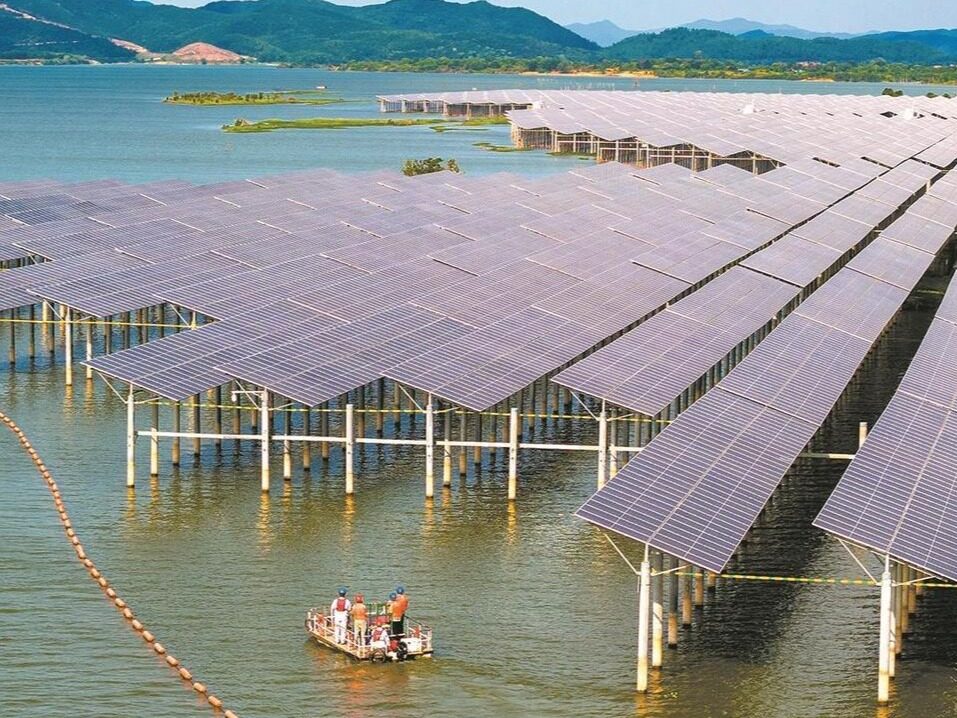
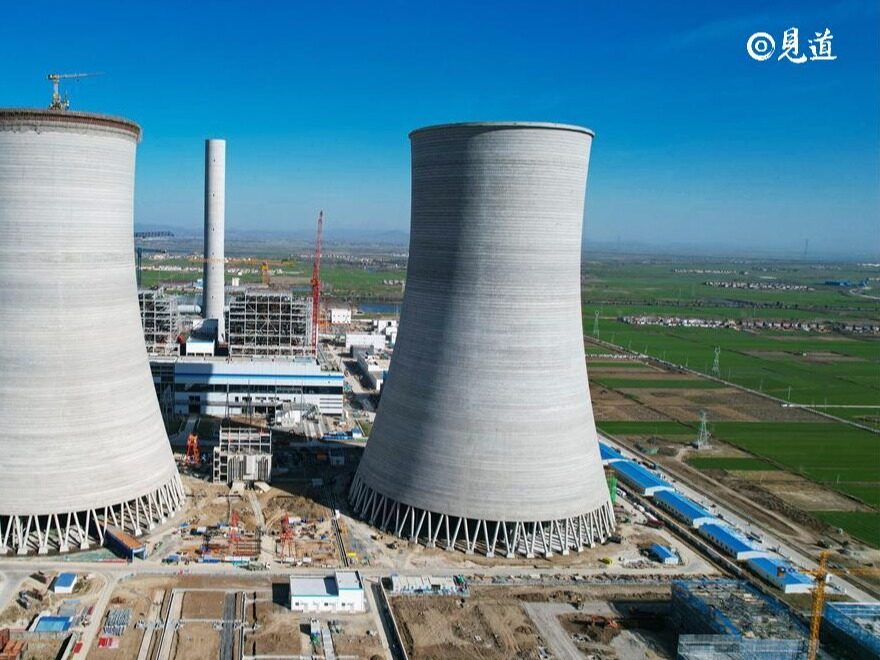
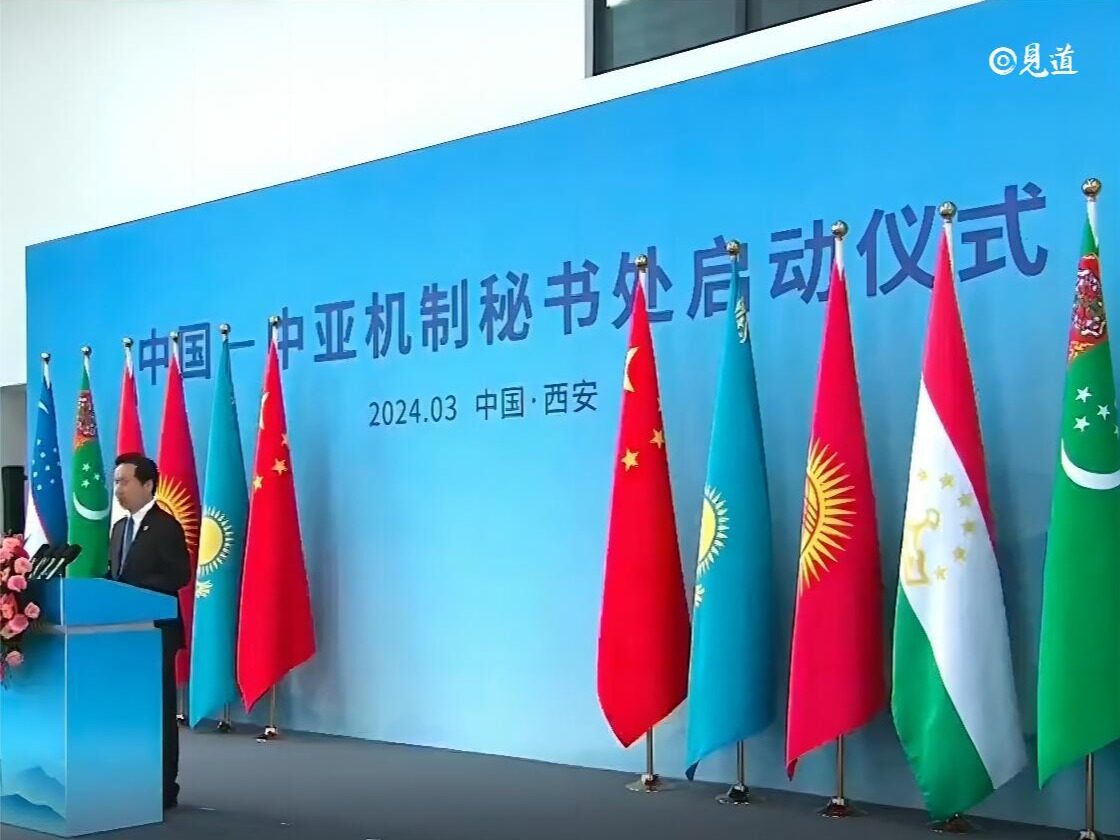
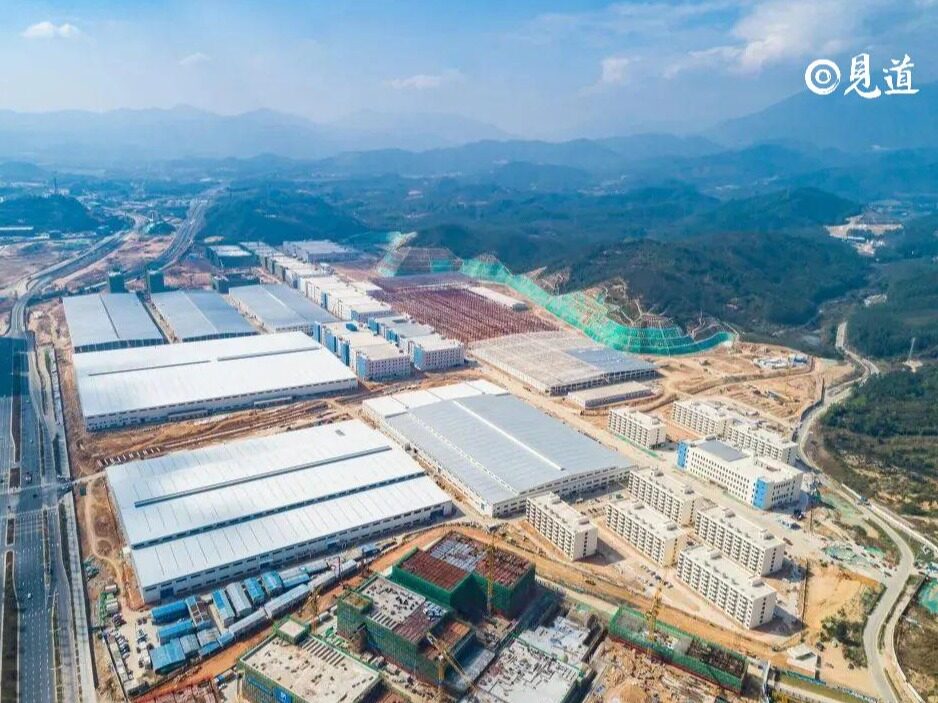

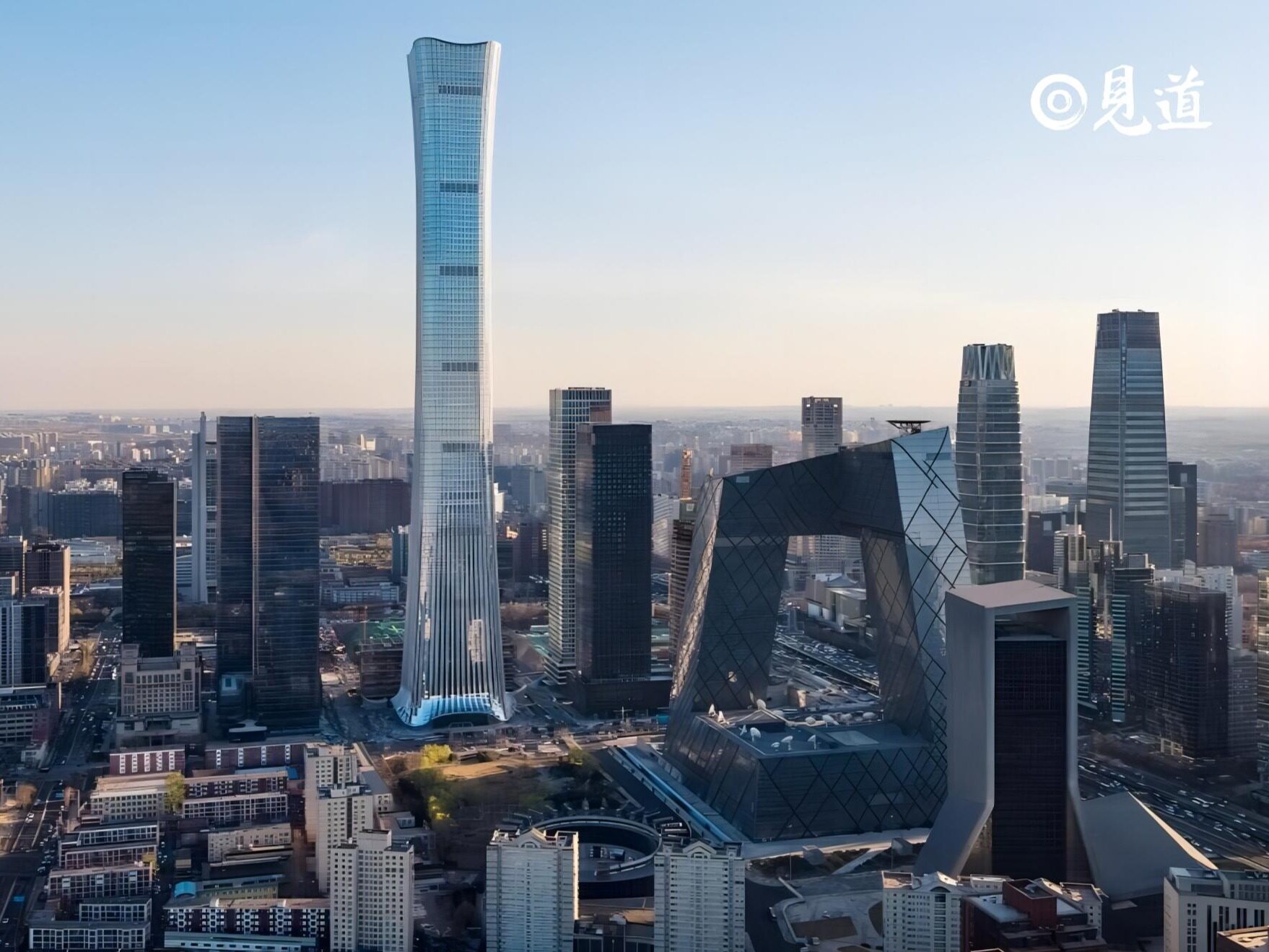






Write something~